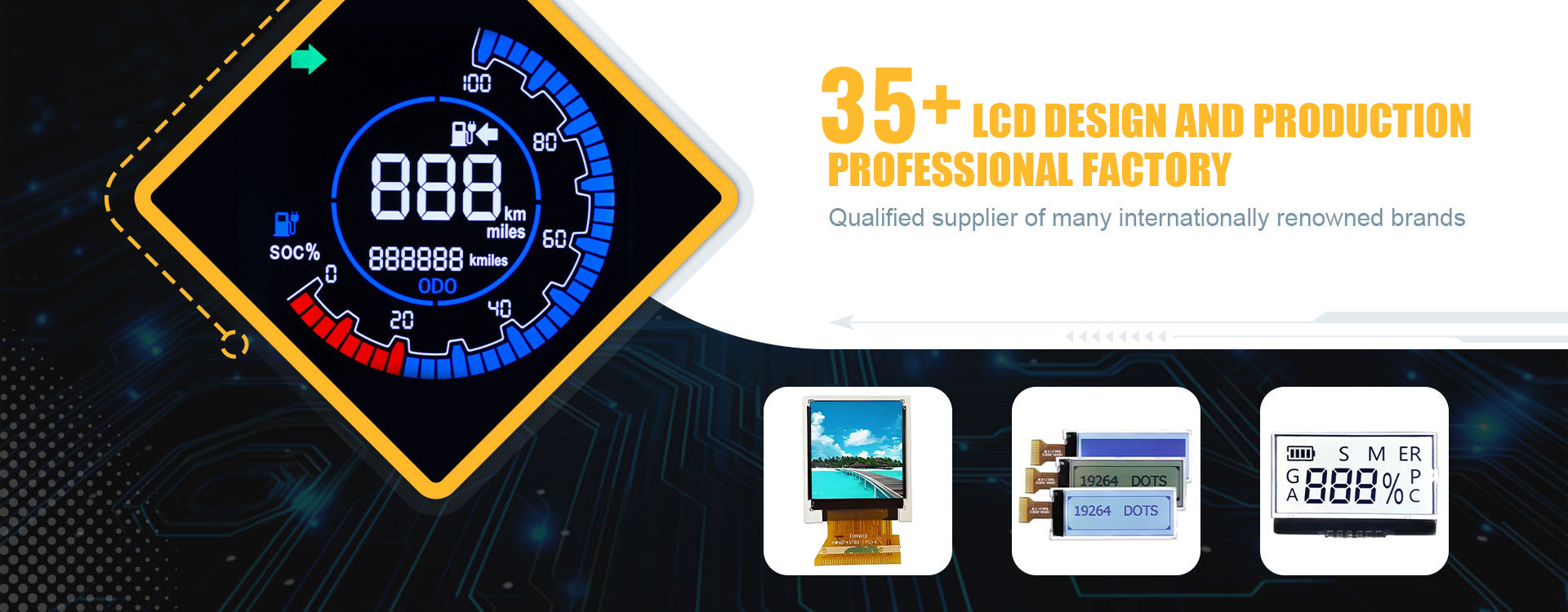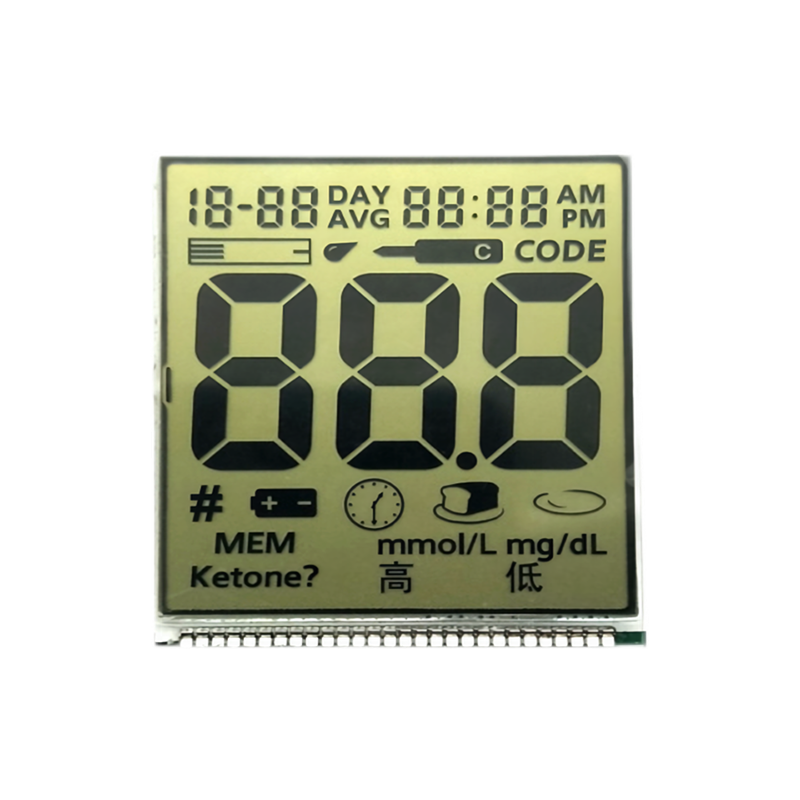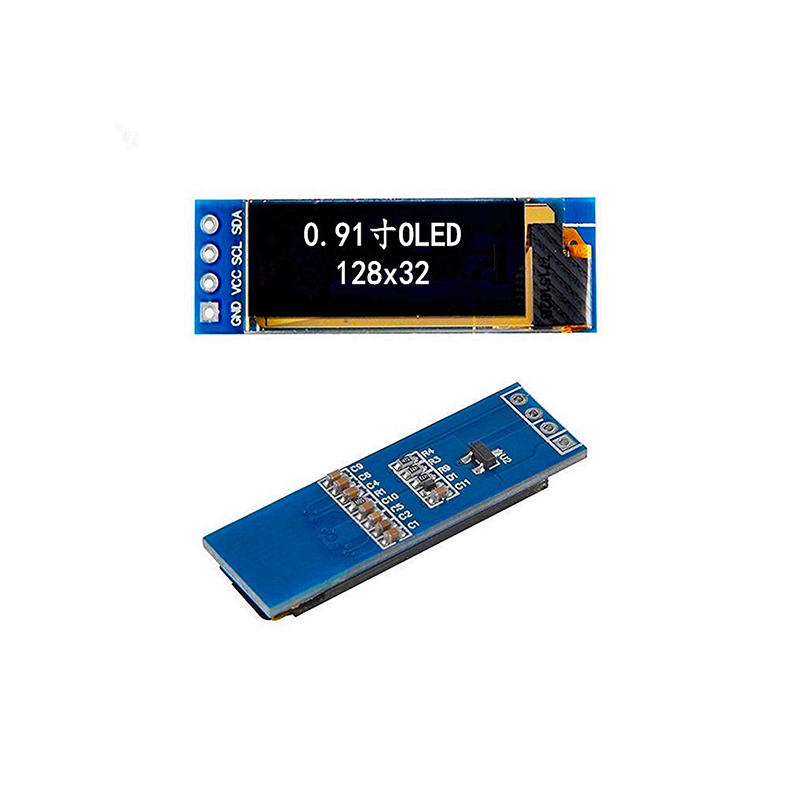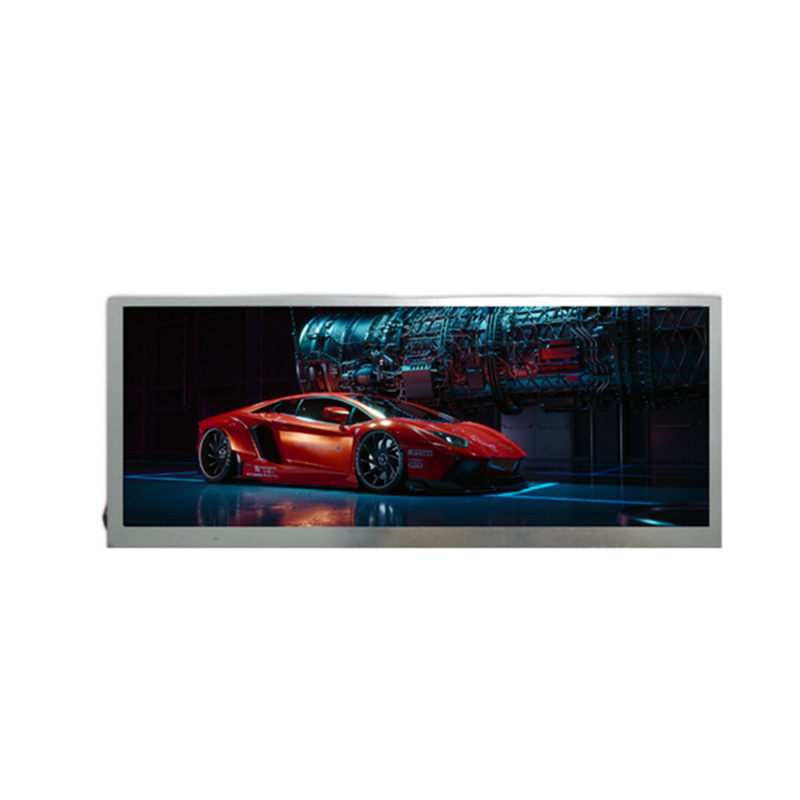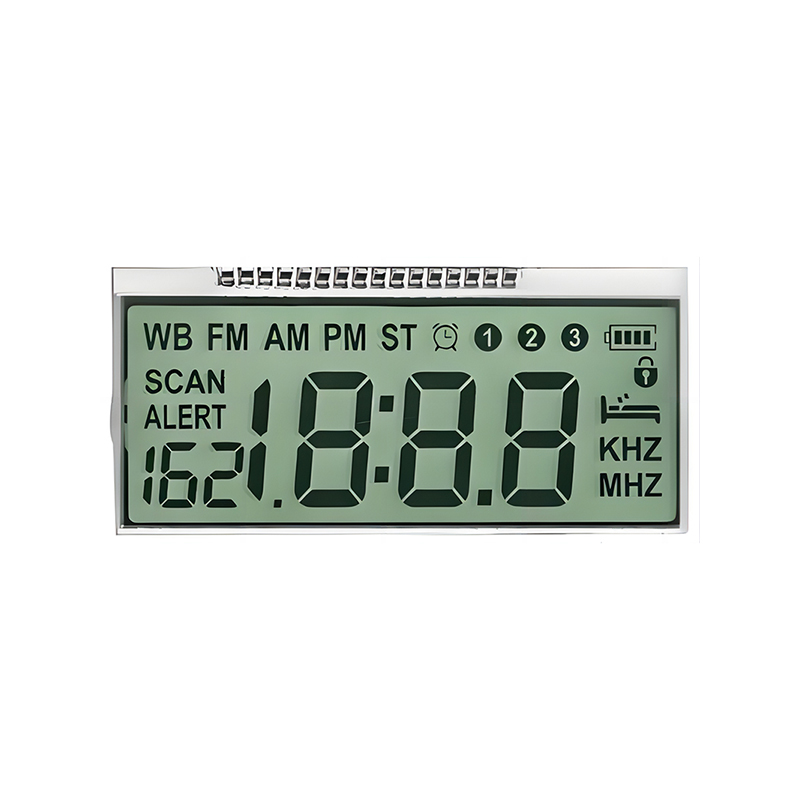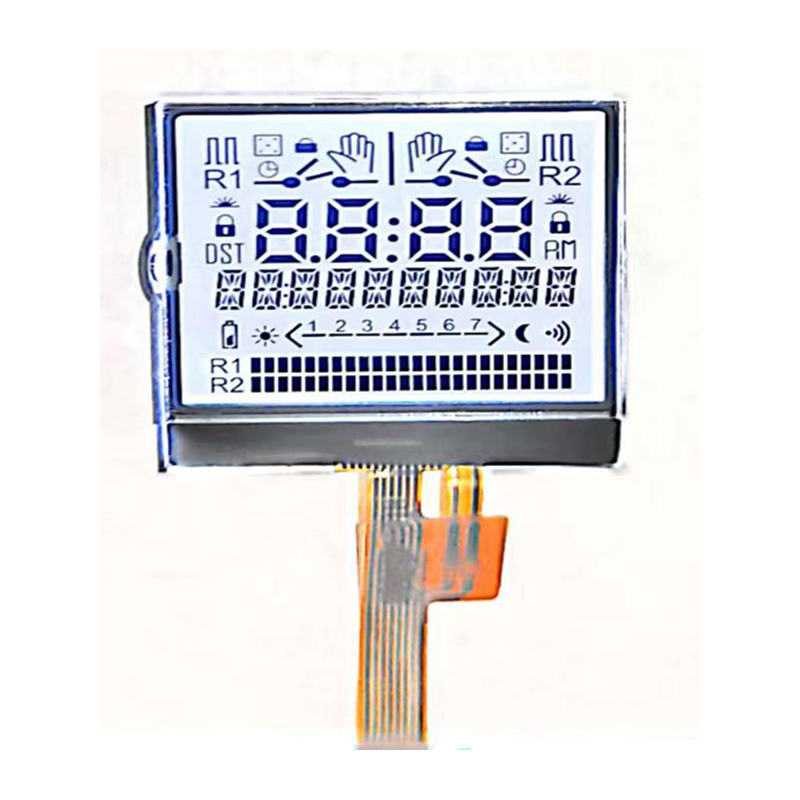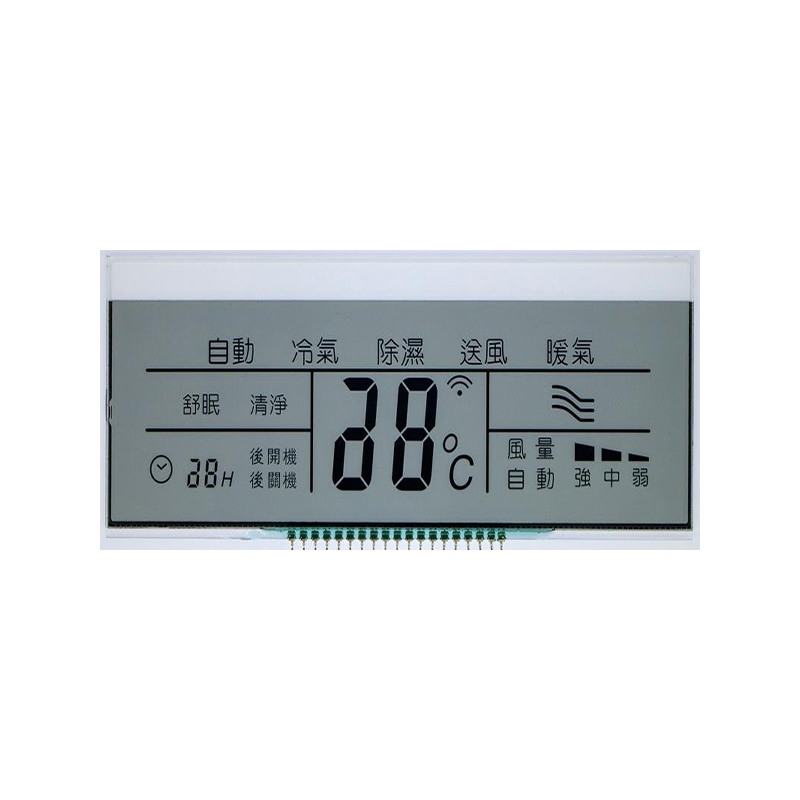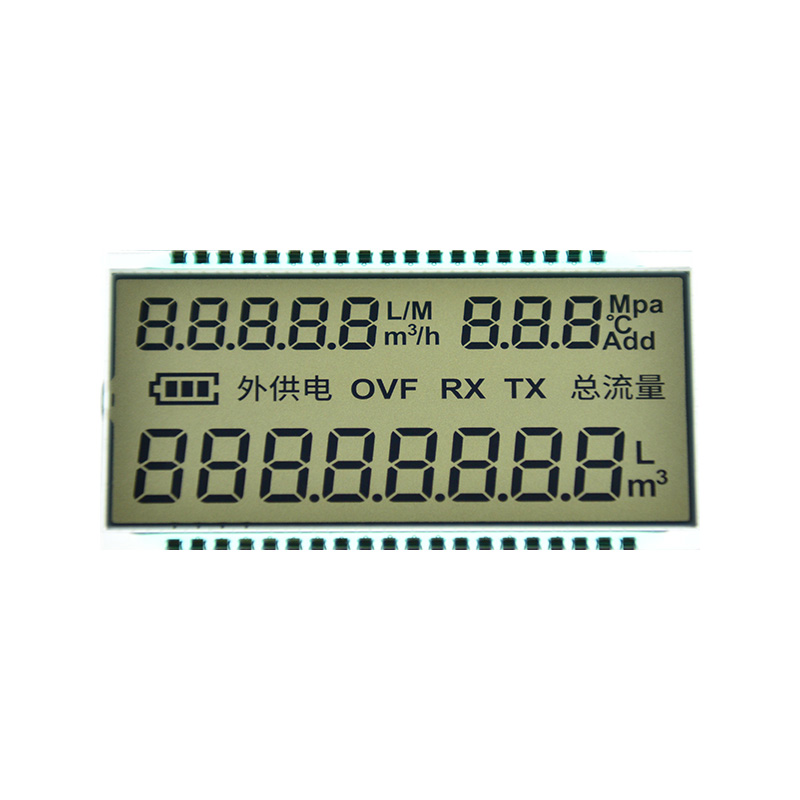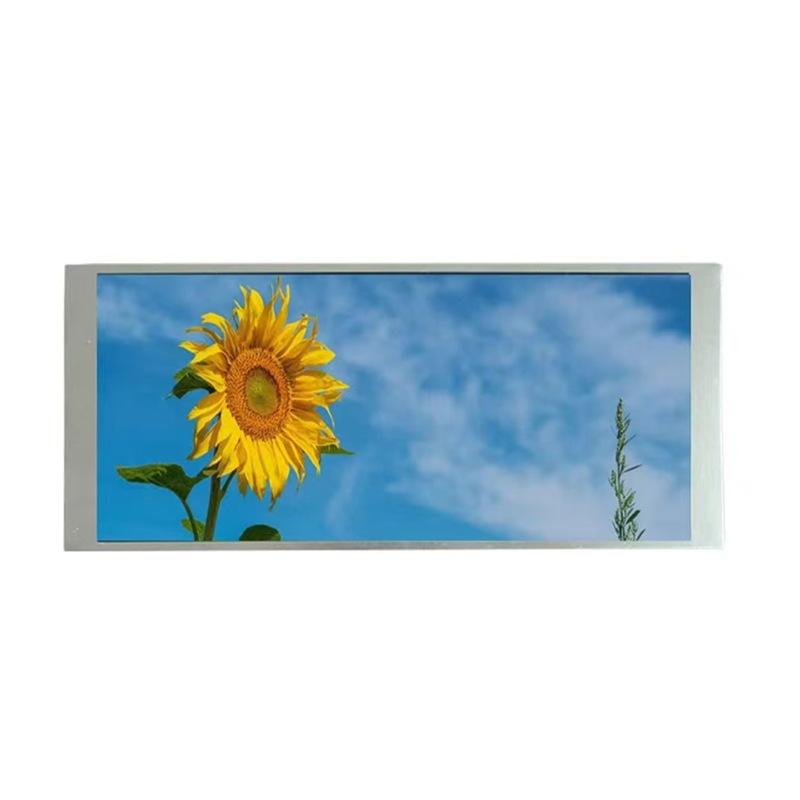
This guide provides a detailed walkthrough on connecting and programming a 16x2 LCD display with an Arduino microcontroller. We'll cover everything from the necessary hardware and wiring diagrams to sample code and troubleshooting tips. Learn how to display text, numbers, and even custom characters on your 16x2 LCD display, unlocking a world of possibilities for your Arduino projects.
A 16x2 LCD display is a common component used in embedded systems for displaying information. 16x2 refers to its dimensions: 16 characters wide and 2 lines tall. These displays are relatively inexpensive, easy to interface with microcontrollers like the Arduino, and offer a clear and readable output. They're frequently used in projects requiring simple data visualization, such as displaying sensor readings, time, or messages.
Different 16x2 LCD displays may have slight variations in their specifications, but most share common features. These include: a 16-character by 2-line display area; backlight (often adjustable or controllable); various interfaces (most commonly I2C or parallel); and a character set (often including ASCII characters and potentially custom characters).
To successfully interface a 16x2 LCD display with an Arduino, you will need the following components:
Choosing an I2C 16x2 LCD display simplifies the wiring process significantly by reducing the number of connections needed. However, parallel interface displays are also readily available and require a slightly more involved setup.
The wiring diagram will differ based on whether you're using an I2C or parallel interface display. Detailed diagrams for both types can be found in countless online tutorials and datasheets for specific 16x2 LCD display modules. Remember to always check your specific display's datasheet for pin assignments.
For I2C displays, you’ll generally need the LiquidCrystal_I2C library. For parallel displays, the LiquidCrystal library is commonly used. These libraries simplify the process of interacting with your 16x2 LCD display from within your Arduino code. You can install these through the Arduino IDE Library Manager.
#include LiquidCrystal_I2C lcd(0x27, 16, 2); // Set the LCD address to 0x27 for a 16 chars and 2 line displayvoid setup() { lcd.init(); lcd.backlight(); lcd.print(Hello, world!);}void loop() { // Add your code here to display dynamic information on the LCD} The code for a parallel 16x2 LCD display is slightly more complex due to the increased number of connections. You would need to specify the pin numbers directly.
Common issues include incorrect wiring, power supply problems, and library conflicts. Carefully review your wiring against the diagram, ensure proper power supply, and verify that your libraries are correctly installed and updated.
Beyond basic text display, you can explore more advanced features like:
These techniques elevate the capabilities of your 16x2 LCD display, allowing you to create more interactive and informative projects.
The market offers a wide array of 16x2 LCD displays. Consider factors like backlight type (LED, fluorescent), interface (I2C, parallel), power requirements, and overall dimensions when making your selection. Many reputable suppliers, such as Dalian Eastern Display Co., Ltd., offer high-quality options to suit various project needs. Always check reviews and compare specifications before purchasing.
| Feature | I2C Interface | Parallel Interface |
|---|---|---|
| Wiring Complexity | Simpler | More complex |
| Number of Connections | Fewer | More |
| Library Requirements | LiquidCrystal_I2C | LiquidCrystal |
Remember to always consult the datasheet for your specific 16x2 LCD display module for detailed information and specifications.
